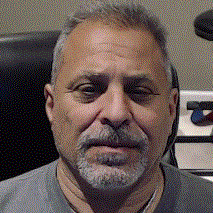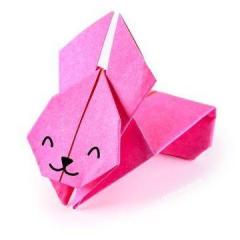-
Recently Browsing
- No registered users viewing this page.
-
Topics
-
Posts
-
By Neverenoughwatches · Posted
👍Thats what i like to hear fella , someone with some blood in their veins 😄. " TAH- DAHAAAA "⚡️⚡️☄️ 🔥 There's never a decent imoji when you want one 🤷♂️ If you questions , which I'm sure you will have. 1. Yes i could well be one card short of a full pack. 2. Yes I'm serious this IS my actual set up 3. Dont forget what i said about laughing at it. Fire away I'm all ears, 🤔 eyes...........whatever 🤷♂️ -
By Neverenoughwatches · Posted
Well done Ter 9/10 for dedication and persistence ( i would have given you 10/ 10 but nobody gets that, there is ALWAYS room for improvement 😉 ). A full video would be a good way to assess someone's ability, i love watching youtube stuff and enjoy pulling folk's work apart 😄. I would probably give myself around a 3 or 4 just for the entertainment factor. -
I was born ready. Let's bring it.
-
This is an 8 day duration Longcase clock. I has two key holes and it should have two lines of gut that when you wind it up they wind around the barrels. It strikes on the hour with rack striking. It also has silent and strike work. Replacing the suspension spring is easy. I can't quite make out the name on the movement. Can you tell me please. It has a brass arched dial does it measure 12 inches across? With the name and place I should be able to date it A photo of the case would be nice. Richard long case clocks do not have fusee movements. 30 hour Longcase clocks work on an endless chain and have a single weight plus what is called a donut which is a small weight that helps the chain to run and hang correctly.
-
By Neverenoughwatches · Posted
🤔 it runs from AC electric. Perhaps a picture would better explain my set up, if you laugh i won't speak to you again 🤣 . Prepare to be blown away, are you ready ? You haven't said " I was born ready " yet. I'm waiting 😄
-







Recommended Posts